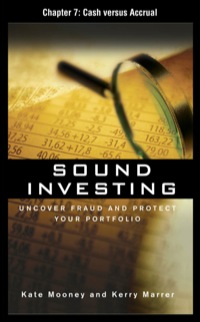
1. Consider the problem of a value maximizing firm called Progress Panda whose profit function at time t is given by TI(Kt, At) = A K where e is the natural exponent, At denotes the productivity level, Kt denotes capital and 0 is a parameter representing the elasticity of output with respect to capital. Assume that there is no depreciation of capital, so the law of motion of capital is given as 2 Kt+1 = K+ + It where It is investments in capital at time t. The price of a unit of capital good is p and investment is subject to a smooth convex installation cost given by C(I., K.) = . where is a constant. Time is discrete and runs to infinity, t = 0,1...00. Future values are discounted with the factor B. The productivity level for the firm is stochastic and follows an AR(1) process given by: At+1 = pA: + t+1, where ex+1 id N(0,0%) Et Based on the above information, answer the following five questions: 1.1 Derive the static profit function. [5%] 1.2 Write down the Bellman equation and derive the optimal investment decision condition. [5% 1.3 Define marginal Q and provide an economic interpretation. [5%] 1.4 How is average Q related to marginal Q for this firm? 1. Consider the problem of a value maximizing firm called Progress Panda whose profit function at time t is given by TI(Kt, At) = A K where e is the natural exponent, At denotes the productivity level, Kt denotes capital and 0 is a parameter representing the elasticity of output with respect to capital. Assume that there is no depreciation of capital, so the law of motion of capital is given as 2 Kt+1 = K+ + It where It is investments in capital at time t. The price of a unit of capital good is p and investment is subject to a smooth convex installation cost given by C(I., K.) = . where is a constant. Time is discrete and runs to infinity, t = 0,1...00. Future values are discounted with the factor B. The productivity level for the firm is stochastic and follows an AR(1) process given by: At+1 = pA: + t+1, where ex+1 id N(0,0%) Et Based on the above information, answer the following five questions: 1.1 Derive the static profit function. [5%] 1.2 Write down the Bellman equation and derive the optimal investment decision condition. [5% 1.3 Define marginal Q and provide an economic interpretation. [5%] 1.4 How is average Q related to marginal Q for this firm







